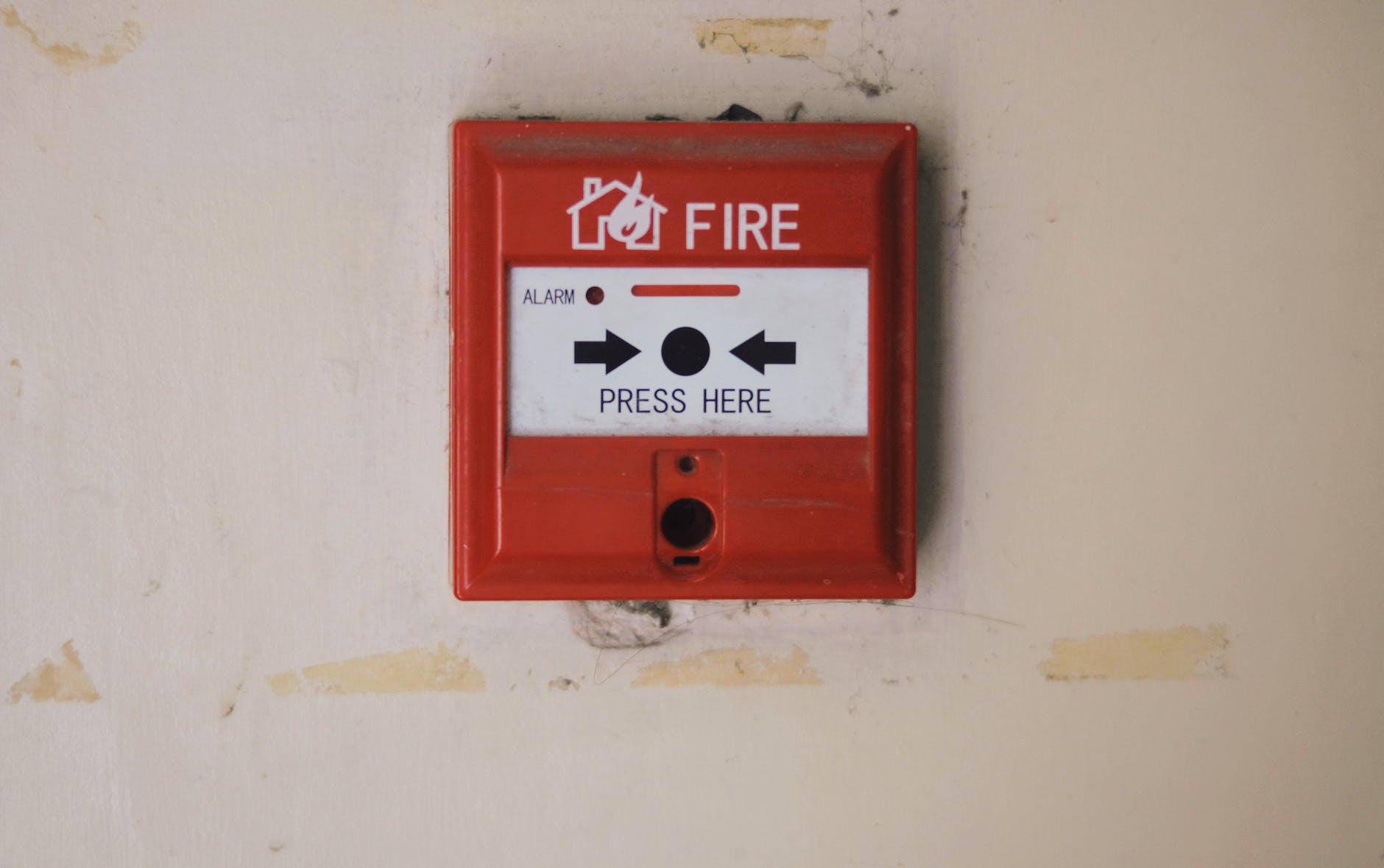
Fire signal communication is an essential part of any comprehensive fire safety plan. It involves the installation and maintenance of signalling devices, such as smoke alarms, carbon monoxide detectors, heat detectors, and manual call points, which are designed to detect the presence of a fire or other emergency and alert occupants. When installed and maintained, these devices can detect a developing fire before it spreads and cause severe damage, providing people with enough time to act and minimize loss. Additionally, these devices can be connected to a central monitoring system, allowing for increased protection and faster response times even when no one is present on the premises.
Regular testing must be done in order to make sure the devices are functioning properly. This includes checking that batteries are replaced as needed, as well as cleaning them periodically to keep them working efficiently. Several types of signalling devices are better suited for detecting certain types of fires than others; therefore, it is important to choose the right type for your particular application in order to maximize fire safety. With proper installation and regular maintenance of signalling devices, you can help ensure maximum protection against potential fire hazards in your home or building.
Benefits of Fire Signal Communication
Fire signal communication provides many benefits, such as increased protection and faster response times. In addition to providing early warning of a developing fire, it also allows for the quick location of the scene by first responders. By connecting signalling devices to a central monitoring system, this increases the protection even when no one is present on the premises. Furthermore, having these devices professionally installed and regularly assessed ensures that they are functioning properly and can be relied upon in an emergency. By taking advantage of fire signal communication, property occupants can have peace of mind knowing that their safety is protected against potential fire hazards.
Taking Advantage of Modern Technology to Maximize Fire Safety
Fire signal communication is a vital component of any comprehensive fire safety plan, offering a range of benefits such as increased protection and faster response times. Modern technological advancements have made even more advanced safety features possible; this includes the ability to connect signalling devices to a central monitoring system, allowing for increased protection and faster response times even when no one is present on the premises. Additionally, some modern signalling devices utilize advanced sensors that can detect the presence of smoke, heat, and other signs of fire in a more precise manner than earlier models, allowing for greater accuracy and quicker response times.
Conclusion
In conclusion, fire signal communication is a vital component of any comprehensive fire safety plan, offering increased protection and faster response times. By taking advantage of modern technology to connect signalling devices to a central monitoring system, property occupants can have peace of mind knowing that their safety is protected against potential fire hazards. Furthermore, having these devices professionally installed and regularly assessed ensures that they are functioning properly and can be relied upon in an emergency. With proper installation and regular maintenance of signalling devices, you can help ensure maximum protection against potential fire hazards in your home or building.